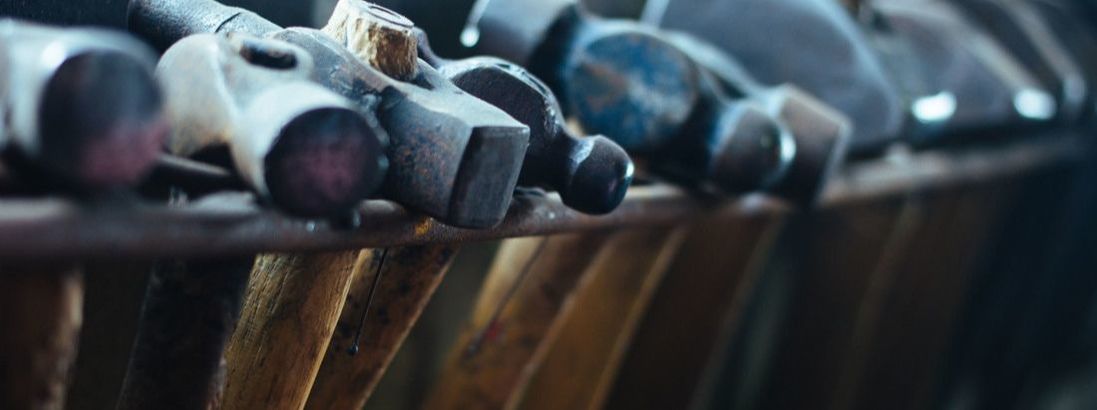The Secret Sauce for Effective Usability Testing
Interviews, observations, recommendations. It was my first usability study for a project team. The previous UX Researcher on our in-house UX Team had moved on to another company and I was delivering research solo.
I read Steve Portigal‘s book Interviewing Users. I subscribed to Nielsen/Norman Group articles. I discovered the MeasuringU blog by Jeff Sauro.
I knew these things:
I wrote up observations, scheduled a meeting with the project team, and delivered a presentation complete with recommendations.
The research was totally ignored.
The project team didn’t act on the recommendations nor change direction to improve usability for the user.
I was bewildered. Other UX Researchers in the field were making a difference in the user experience, informing design, and bringing value to project teams.
Determined to find the secret sauce of effective usability testing, I re-evaluated my approach.
In search of the secret sauce I began new projects by asking questions:
Taking insights from Mike Kuniavsky‘s book Observing the User Experience, I divided the interview into six phases: Introduction, Warm Up, General Focus, Deep Focus, Retrospective, Wrap Up. The interview phases brought clarity to writing the interview, guiding the participant, and the debrief analysis afterward.
After pilot testing, the project team was invited to observe all the interviews. I explained that we were trading the big presentation for a collaborative team debrief immediately after each participant interview.
The conversation during the debrief was remarkable. The project team empathized with user difficulties and ideated on improvements to the user experience. They discussed feature sets (desirability, feasibility, and viability). I logged their thoughts on a whiteboard and contributed just a few observations, leaving most of the discovery to the team.
After the interviews were completed, I synthesized the debrief notes into a findings document which included their own discoveries and recommendations. With an open door to discuss the findings, I sent the document to the team.
The open door resulted in hallway and coffee pot conversations, but there was no need for the big presentation. The project team was busy making the experience better for the user with an improved alignment to business goals.
The secret sauce of effective usability testing
Once in a while the big presentation still makes an appearance, mostly to inform stakeholders who were not present for participant sessions. But over time I have found that collaborative planning and discovery is the secret sauce for effective usability testing.
I read Steve Portigal‘s book Interviewing Users. I subscribed to Nielsen/Norman Group articles. I discovered the MeasuringU blog by Jeff Sauro.
I knew these things:
- Testing with one was better than testing with none
- The interview is a powerful method of understanding human behavior
- I had no idea how to ensure this was effective usability testing
I wrote up observations, scheduled a meeting with the project team, and delivered a presentation complete with recommendations.
The research was totally ignored.
The project team didn’t act on the recommendations nor change direction to improve usability for the user.
I was bewildered. Other UX Researchers in the field were making a difference in the user experience, informing design, and bringing value to project teams.
Determined to find the secret sauce of effective usability testing, I re-evaluated my approach.
In search of the secret sauce I began new projects by asking questions:
- Who wants this research?
- Why are we testing this?
- Why is this a business goal?
- What does the project team need to learn?
- What are the key parts to test?
- What does the perfect participant look like?
- When does the Project Manager need results?
Taking insights from Mike Kuniavsky‘s book Observing the User Experience, I divided the interview into six phases: Introduction, Warm Up, General Focus, Deep Focus, Retrospective, Wrap Up. The interview phases brought clarity to writing the interview, guiding the participant, and the debrief analysis afterward.
After pilot testing, the project team was invited to observe all the interviews. I explained that we were trading the big presentation for a collaborative team debrief immediately after each participant interview.
The conversation during the debrief was remarkable. The project team empathized with user difficulties and ideated on improvements to the user experience. They discussed feature sets (desirability, feasibility, and viability). I logged their thoughts on a whiteboard and contributed just a few observations, leaving most of the discovery to the team.
After the interviews were completed, I synthesized the debrief notes into a findings document which included their own discoveries and recommendations. With an open door to discuss the findings, I sent the document to the team.
The open door resulted in hallway and coffee pot conversations, but there was no need for the big presentation. The project team was busy making the experience better for the user with an improved alignment to business goals.
The secret sauce of effective usability testing
Once in a while the big presentation still makes an appearance, mostly to inform stakeholders who were not present for participant sessions. But over time I have found that collaborative planning and discovery is the secret sauce for effective usability testing.
